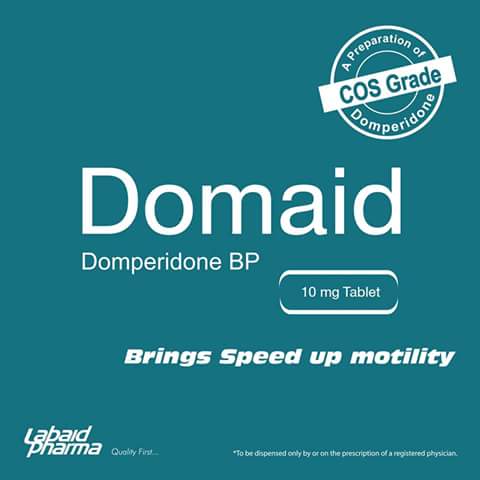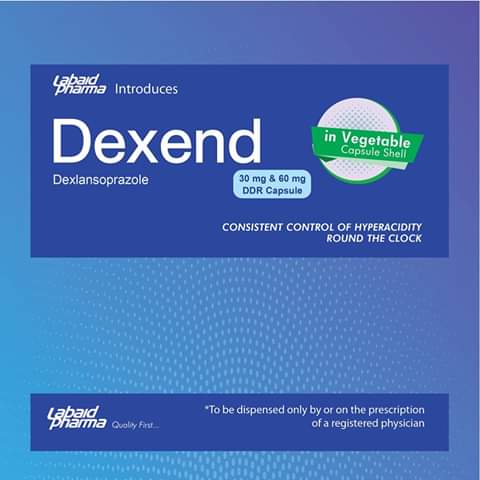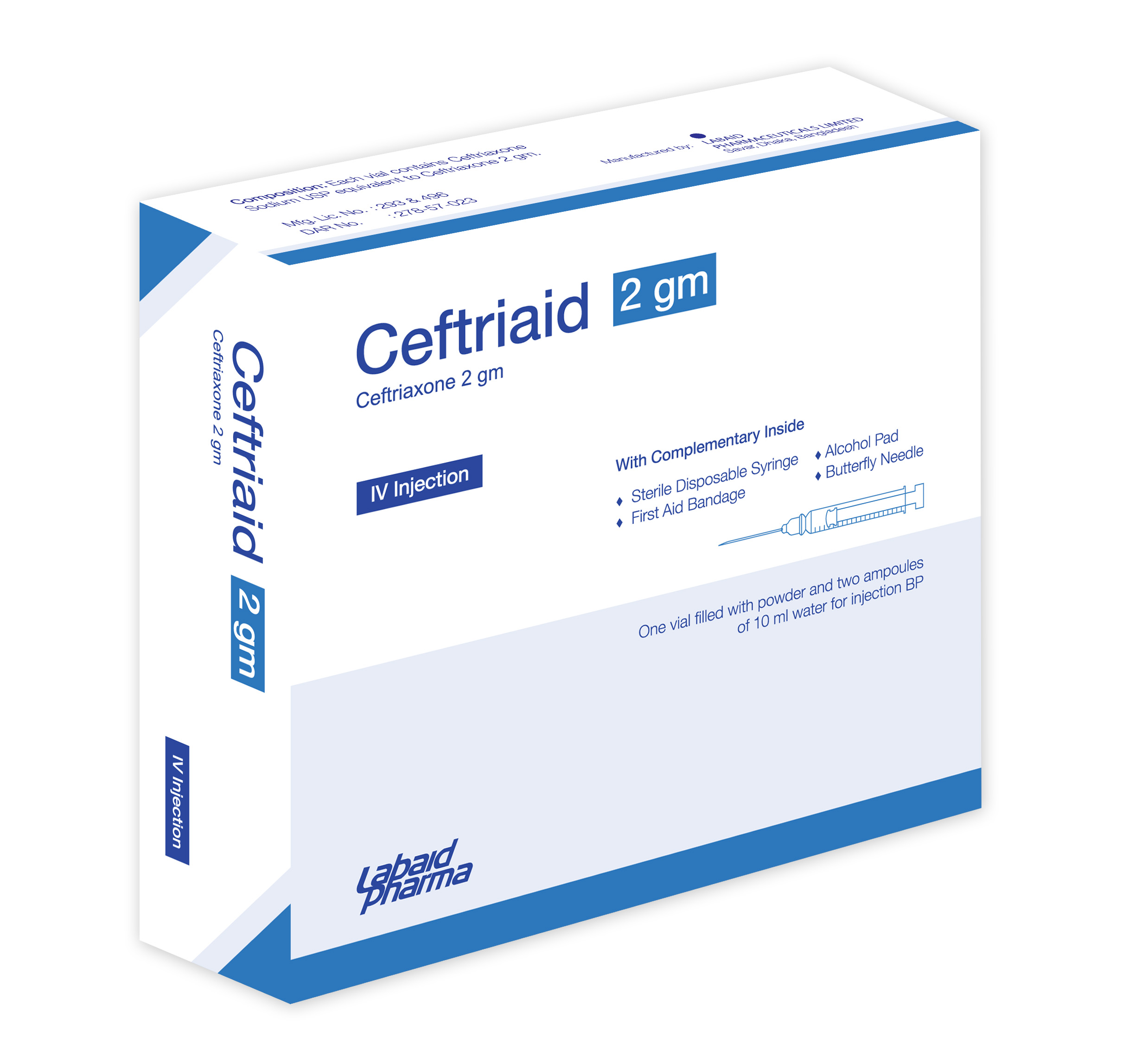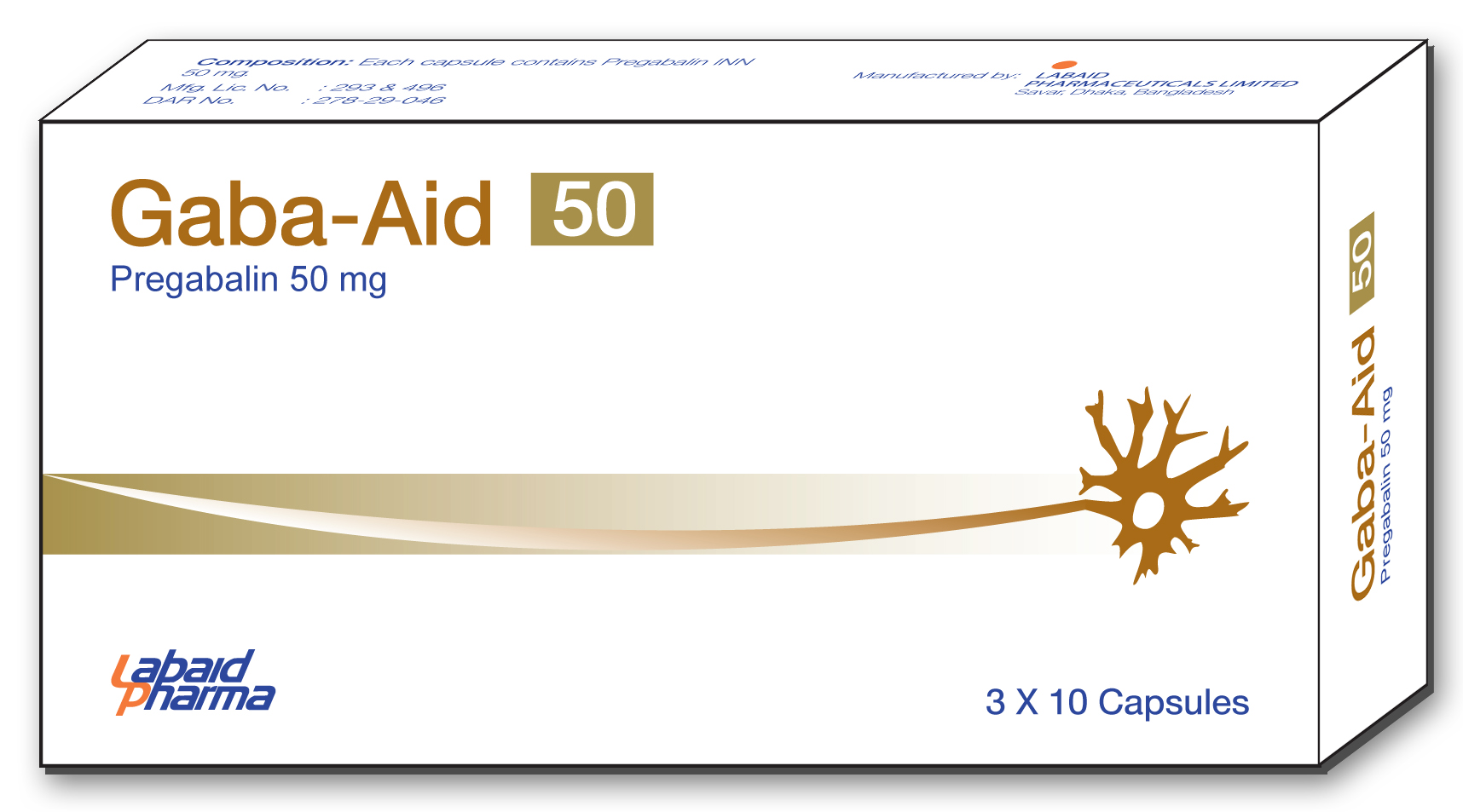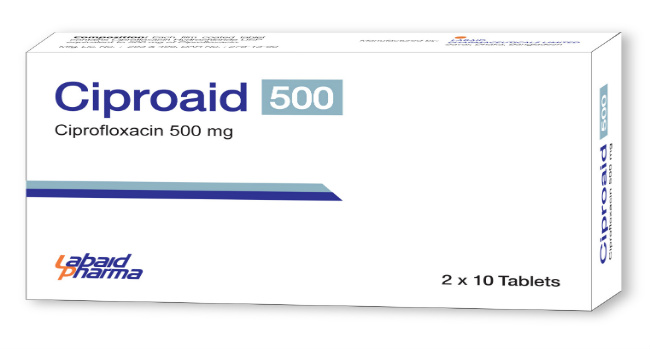abaid Pharma Bhola Team
Quality First......
| Brand Name | : | Domaid 10 mg |
| Generic Name | : | Domperidon |
| Price | : | BDT: 3.00 |
| Therapeutic Class | : | Others |
| Section | : | Other |
| Dosages | : | Domaid should be taken 15-30 minutes before meals and, if necessary, before retiring. The usual recommended oral dose is as follows: Adults: 10-20 mg (1-2 tablet) every 6-8 hours daily. In dyspeptic symptom: The recommended oral dose for Adults: 10-20 |
| Indication | : | • Eructation, flatulence, early satiety, • Nausea and vomiting, • Heartburn with or without regurgitations of gastric contents in the mouth, • Diabetic gastroparesis , • Non-ulcer dyspepsia |
Product Details
Descriptions:
Domaid (Domperidone) is a dopamine antagonist that principally blocks the dopamine receptors located in the Chemoreceptor Trigger Zone (CTZ) and stomach. Its gastroprokinetic action is based on its blocking effect of dopamine receptors that have influence on the motility of gastro-intestinal tract. Due to its weak penetration across the blood-brain barrier, Domaid has almost no effect on the dopaminergic receptor in the brain therefore excluding psychotropic and neurologic side effects. Domaid restores normal motility and tone of the upper gastro-intestinal tract, facilitates gastric emptying, enhances antral duodenal peristalsis and regulates contraction of the pylorus. Domaid also increases esophageal peristalsis and lower esophageal sphincter pressure, and thus prevents regurgitation of gastric content.
Side Effects:
Domperidone may produce hyperprolactinemia (1.3%). This may result in galactorrhea, breast enlargement, soreness and reduced libido. Dry mouth (1%), thirst, headache (1.2%), nervousness, drowsiness (0.4%), diarrhea (0.2%), skin rash and itching (0.1%) may occur during treatment with Domperidone. Extra-pyramidal reactions are seen in 0.05% of patients in clinical studies.
Pregnancy:
The safety of Domperidone has not been proven and it is, therefore, not recommended during pregnancy. Animal studies have not demonstrated teratogenic effect in the fetus.
Lactation:
Domperidone may precipitate galactorrhea and improve post-natal lactation. It is secreted in breast milk but in very small quantities insufficient to be considered harmful.
Contraindication:
Domperidone is contraindicated to patients having known hypersensitivity to this drug and in case of neonates. Domperidone should not be used whenever gastro-intestinal stimulation might be dangerous i.e. gastro-intestinal hemorrhage, mechanical obstruction or perforation. Also contraindicated in patients with prolactin releasing pituitary tumor (prolactinoma).
Precautions:
Domperidone should be used with absolute caution in case of children because there may be increased risk of extra-pyramidal reactions in young children because of an incompletely developed blood-brain barrier. Since Domperidone is highly metabolized in liver, it should be used with caution in patient with hepatic impairment.
Drug Interaction:
Domperidone may reduce the risk of hypoprolactemic effect of bromocriptine. The action of Domperidone on GI function may be antagonized by anti-muscarinics and opioid analgesics. Care should be exercised when Domperidone is administered in combination with MAO (monoamine oxidase) inhibitors.
Storage:
Keep away from light, moisture and store below 300 C. Keep out of the reach of children.
More Product Information